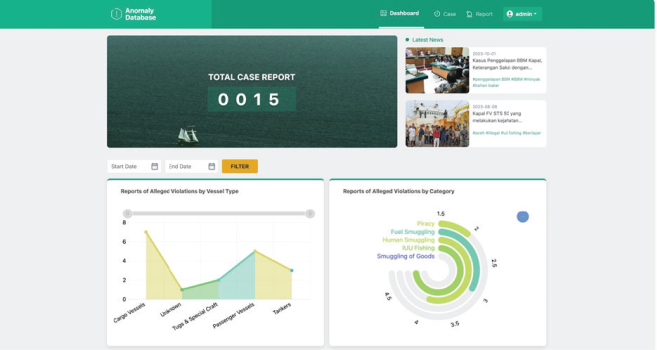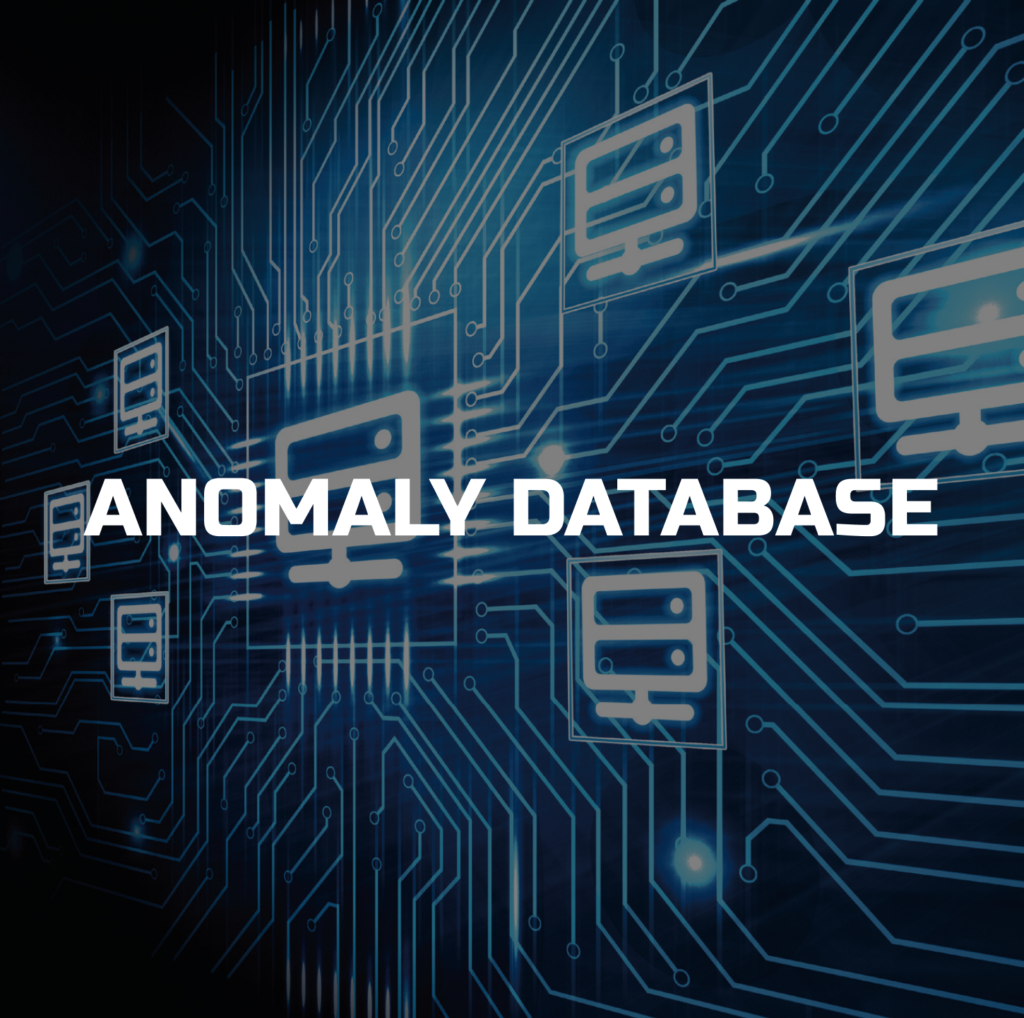Anomaly Database

Anomaly Database
In the realm of data analysis, anomalies are those elusive and often unexpected irregularities that can hold the key to hidden insights. Anomaly databases are the powerful tools that help us uncover these data anomalies.
Think of anomalies as the outliers, the data points that don’t quite fit the expected patterns within a dataset. They can be the result of errors, fraud, or simply unique occurrences that stand out from the norm.
Anomaly databases are designed to detect these outliers and bring them to our attention. They play a crucial role in various industries, enabling us to spot issues early, enhance data quality, and make more informed decisions.
In the pages ahead, we’ll delve deeper into the world of anomaly databases, exploring their benefits, applications, and how they work. So, let’s embark on this journey to unlock the insights hidden within our data.

Why Is Anomaly Detection Important?
Anomaly detection is pivotal, particularly in the maritime domain, due to its critical roles in ensuring safety, security, and operational efficiency. It enables the early identification of aberrations in vessel behavior, such as deviations from established routes or sudden speed changes, crucial for averting safety risks and security threats. Additionally, it aids in safeguarding the environment by detecting issues like oil spills and illegal discharges. Efficient resource management, swift response to emergencies, regulatory compliance, and seamless trade and commerce also rely on anomaly detection.
By providing early warnings and data-driven insights, anomaly detection contributes to heightened maritime domain awareness, enhancing national security and defense capabilities while safeguarding territorial waters and economic zones.
